
Life sciences writer Susan Milius has been writing about botany, zoology and ecology for Science News since the last millennium. She worked at diverse publications before breaking into science writing and editing. After stints on the staffs of The Scientist, Science, International Wildlife and United Press International, she joined Science News. Three of Susan's articles have been selected to appear in editions of The Best American Science Writing.

Trustworthy journalism comes at a price.
Scientists and journalists share a core belief in questioning, observing and verifying to reach the truth. Science News reports on crucial research and discovery across science disciplines. We need your financial support to make it happen – every contribution makes a difference.
All Stories by Susan Milius
-
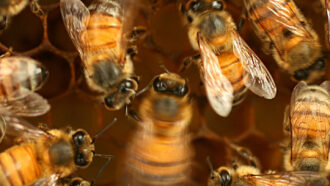 Life
LifeHoneybees waggle to communicate. But to do it well, they need dance lessons
Young honeybees can’t perfect waggling on their own after all. Without older sisters to practice with, youngsters fail to nail distances.
-
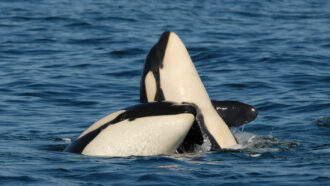 Life
LifeOrca moms baby their adult sons. That favoritism pays off — eventually
By sharing fish with their adult sons, orca moms may skimp on nutrition, cutting their chances of more offspring but boosting the odds for grandwhales.
-
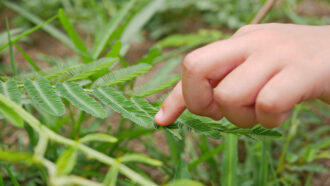 Life
LifeHow plant ‘muscles’ fold up a mimosa leaf fast
A mimosa plant revs up tiny clumps of specially shaped cells that collapse its leaflets, though why isn’t clear.
-
 Science & Society
Science & SocietyMeet the first Black American to earn an evolutionary biology Ph.D.
In ‘A Voice in the Wilderness,’ Joseph L. Graves Jr. discusses his scientific journey, how he debates racists, and more.
-
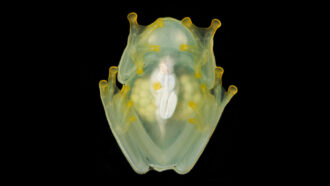 Life
LifeSleeping glass frogs hide by storing most of their blood in their liver
Glass frogs snoozing among leaves blend in by hiding almost all their red blood cells in their liver until the tiny animals wake up.
-
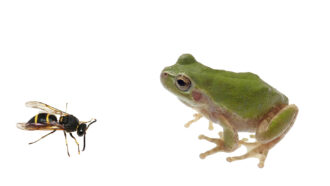 Life
LifeLong genital spines on male wasps can save their lives
A male wasp’s genital spines can save his life in an encounter with a scary tree frog, a new study shows.
-
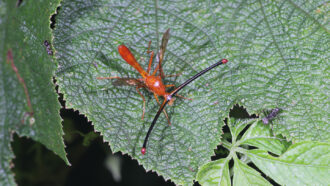 Life
LifeCertain young fruit flies’ eyes literally pop out of their head
The first published photo sequence of developing Pelmatops flies shows how their eyes rise on gangly stalks in the first hour of adulthood.
-
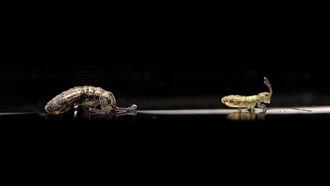 Life
LifeVideo reveals that springtails are tiny acrobats
Poppy seed–sized cousins of insects, famed for wild escape leaping, right themselves in mid-falls faster than cats.
-
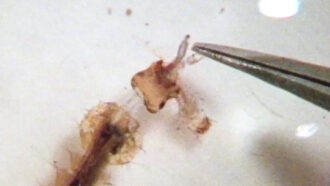 Animals
AnimalsVideo captures young mosquitoes launching their heads to eat other mosquitoes
New high-speed filming gives a first glimpse of mosquito hunting too fast for humans to see.
-
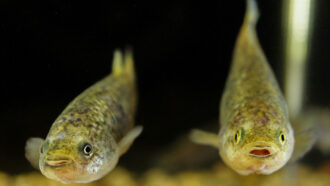 Animals
AnimalsAfter eons of isolation, these desert fish flub social cues
Pahrump poolfish flunked a fear test, but maybe they’re scared of other things.
-
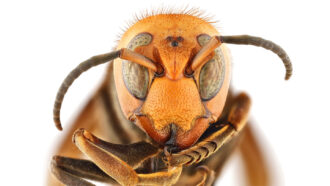 Animals
Animals‘Murder hornets’ have a new common name: Northern giant hornet
Anti-Asian hate crimes helped push U.S. entomologists to give a colorful insect initially dubbed the Asian giant hornet a less inflammatory name.
-
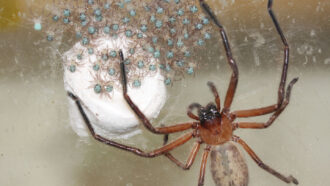 Animals
AnimalsThese huntsman spiders do something weird: live together as a big, happy family
Five unusual species of spider moms let youngsters live at home way past the cute waddling baby phase.